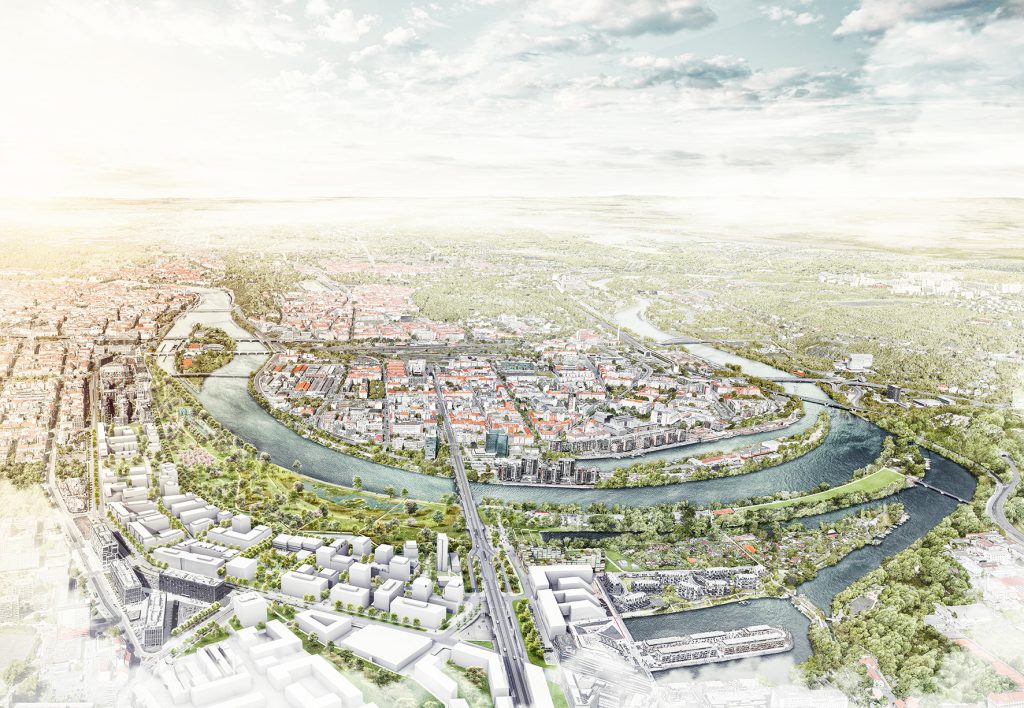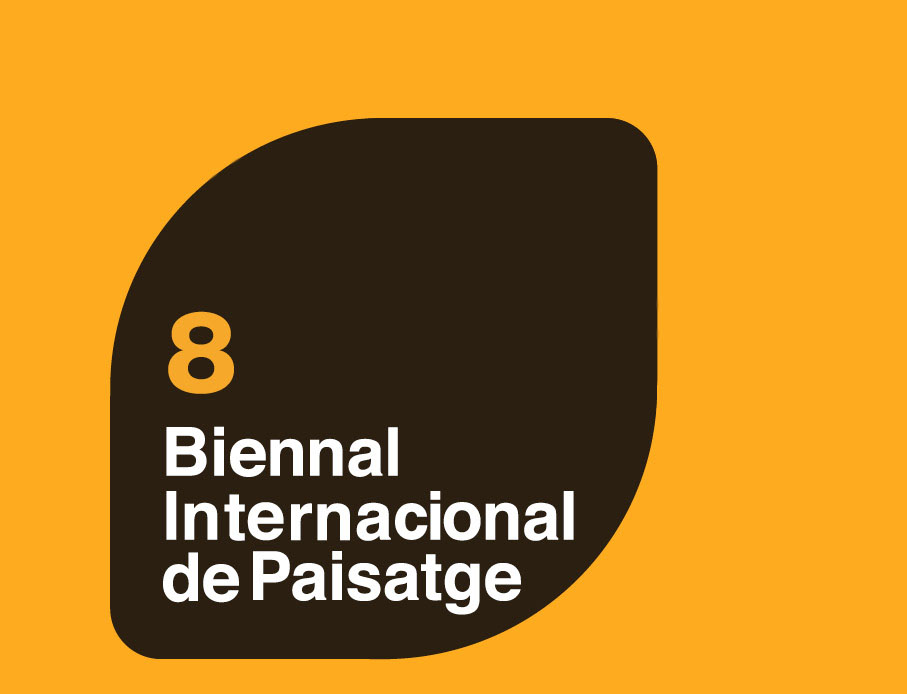
A conference by Baumeister and Topos fathoms what makes urban centres attractive, today and in the future. Kick-off for the Baumeister Topos Cities Initiative Berlin.
Billboard
Skyscrapper
Halfpage
A conference by Baumeister and international landscape architecture magazine Topos gets to the bottom of what makes urban centres attractive – now and in future. This is the kick-off for the Baumeister Topos Cities Initiative in Berlin.
“Working on and in metropolis is a complex, integrated task involving creative thinkers of various professional backgrounds,” this might be the conclusion of the first edition of Baumeister Topos Cities Initiative. Both magazines of the Callwey publishing house had invited professionals to Berlin for a discussion on current guiding principles of urban design and their possible implementation. The participants concluded that the guiding principles are in place, but their implementation is still far off.
According to its name, the initiative offers a platform for various key players in the field of urban development. The participating companies showed that they have exciting proposals up their sleeve; Malgorzata Wiklinska of suppliers ZF Friedrichshafen AG reports how her company redefines its role within the mobile society. “Precise user needs as well as technological shifts influence tomorrow´s mobility. We want to deliver solutions for this realm.” As we speak, Wiklinska is building up the think-and-do tank ZF Denkfabrik. The company is currently developing app-based solutions as well as a number of Car2Car and Car2X solutions.
The second partner of the initiative, engineering company Obermeyer, is devoted to the mobile city as well. Stephan Jentsch, General Manager Asia of the Munich based consultancy, explained their urban mobility strategy in China and lined out the required high integration of urban design, development of infrastructure and transport planning especially in China´s new megalopolises.
However, for the time being the car remains the prevailing paradigm as well for the European or American metropolis as for the Chinese mega city. Despite this fact the companies work on solutions, which supplement private transport – or make it more efficient. In the opinion of Olaf Schilgen, truly efficient solutions are the ones that meet with real consumer needs. Schilgen is e-mobility, energy and PR consultant at Volkswagen; from his point of view there is still no real run on shared mobility services such as Drive Now or Car-to-go. But he concedes that “we are keeping an eye on this and are prepared to ramp up our own service Quicar at any time.”
One observation became apparent; cities often sustain or even strengthen their existing profile whilst undergoing transformation processes. Architecture and landscape architecture can be valuable assets in this development as Dutch architect and urban researcher Kees Christiaanse maintained. He explained why the former model of the concentric city is slowly being replaced by polycentric cities. These sub-centres have to be planned even more carefully and need to be effectively interconnected to prevent them from sinking into chaos. Last not least, timing is crucial here. Christiaanse as well as architect Urs Kumberger of architectural practice Teleinternetcafé stressed the fact that planning is a process consisting of consecutive individual phases. Overarching strokes of genius and homogeneous, deterministic grand solutions are an illusion.
One thing remains true here and everywhere – both architecture and landscape architecture have to embrace the prevailing complexity and give up the idea of omnipotent master planning. The lectures of Gena Wirth (SCAPE Landscape Architecture, New York) und Martin Knuijt (OKRA Landscape Architects, Utrecht) showed what this might look like. Knuijt explained how his office works with existing fabric on projects in Moscow, Rotterdam, London and Athens.
Brussels based office 51N4E shares this approach. Especially in their creative quarter in Kortrijk Freek Persyn focuses on using the existing building context as a catalyst for further development. An open planning approach is crucial here to bring users along and empower them to take ownership of the space.
Medium Rectangle
Halfpage
For each planning consultant it is important to set goals which can be objectively measured. Knuijt and his OKRA team for instance achieved to lower local environmental temperatures at the Syntagma square in Athens by three degrees by means of a planting strategy; this is resilience in a nutshell. Gena Wirth pinned down urban resilience in her own projects in New York City saying, “resilient cities are anticipatory, experimental, visionary – und engaged“.
Karsten Schmitz and Urs Kumberger surely may agree here. The two architects, too advocate participation in urban space. Schmitz introduced the Baumwollspinnerei in Leipzig – Germany’s most famous creative quarter – whose co-founder he was. He concludes that without movers and shakers such as the well-known art dealer Judy Lybke things don’t progress. Also the currently evolving creative quarter Munich needs supporters of this kind. Urs Kumberger whose office is responsible for the master plan of the quarter confirmed this. Such supporters, however, are only attracted by typological heterogeneity. Kumberger claims „diverse typologies for diverse people“.
After all it is this sort of diversity that makes a metropolis attractive. Clark Parsons, Managing Director of Berlin School for Creative Leadership confirms this viewpoint. His advice for creative cities is to actively combine Large and Small, Old and New – and to communicate the own advantages with verve and confidence to the outside world.






















